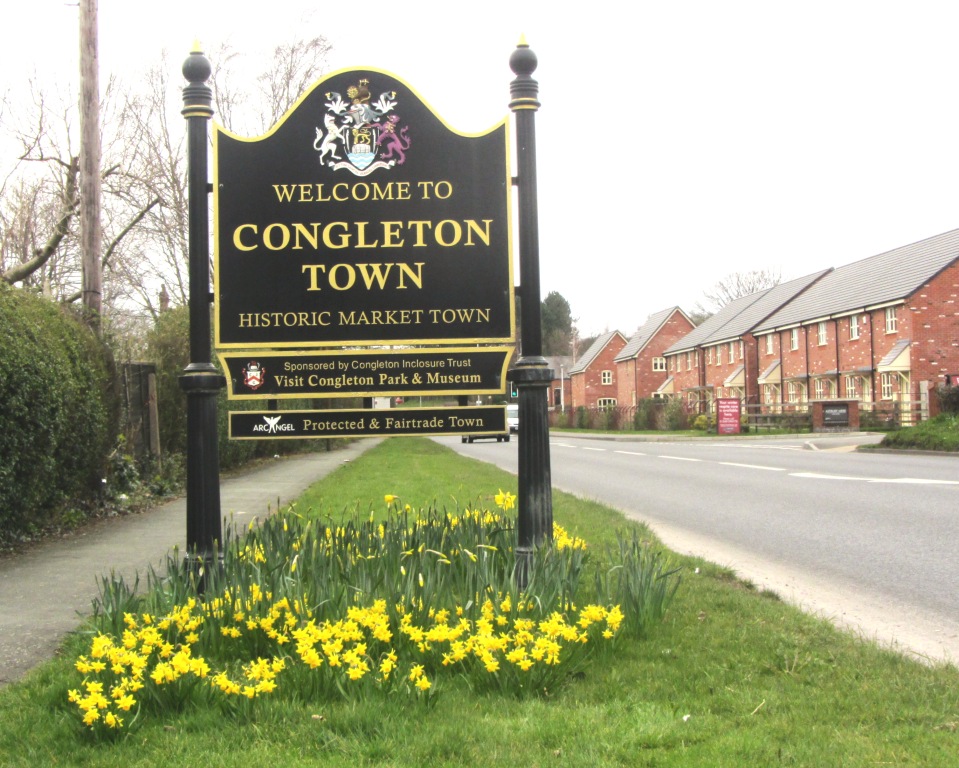Nestled in the heart of Cheshire, Congleton represents a blend of historical charm and modern living which has proven increasingly alluring to renters over the past several years. In this article, we delve into the state of the rental market in Congleton, utilising insightful data from Dataloft Inform to understand trends, demographic nuances, and the overall appeal of this vibrant town for potential tenants.

Rental Trends, A 12-Month Snapshot:
The last year has witnessed significant dynamism in Congleton’s rental market. Properties here have seen an average rent of £725 per month, marking a substantial +12% change compared to the preceding year. This surge indicates a robust demand for rental homes, perhaps driven by the town’s evolving amenities and the quality of life it offers.
Dissecting Property Types and Values:
In dissecting the market further, flats, which constituted 36% of the lettings, garnered an average monthly rent of £569. In contrast, houses seemed to be the preference, with a higher average rent of £824, underlining their enduring appeal among renters. The prominence of houses is hardly surprising, considering they compose a staggering 93.2% of Congleton’s housing stock, offering more space and flexibility for growing families or professionals seeking a more substantial living environment.
Demographics of Renters:
Interestingly, a significant portion of Congleton’s renters falls within the 25-29 age bracket, representing 25% of the total. This demographic possibly reflects young professionals and couples attracted by employment opportunities and the town’s burgeoning social scene. The fact that 29.7% of households comprise single occupants furthers this narrative, painting Congleton as a setting ripe for individual growth and lifestyle development.
Congleton’s Housing Landscape:
Focusing on Congleton’s broader housing landscape, a remarkable 76.3% of residents are homeowners, indicative of the town’s stability and the aspirational value it holds among inhabitants. The private rental sector accommodates 11.6%, providing a vital housing option for those who prefer flexibility or are perhaps transitioning towards homeownership.
With a total of 33,816 dwellings and a continuous development streak (evidenced by 2,764 new homes built in five years), Congleton is clearly committed to evolving its residential footprint. This growth not only responds to the existing demand but entices new residents, contributing to the area’s vibrancy and economic health.
Population Insights:
Beyond housing, Congleton’s overall allure is substantiated by its growing population, now standing at 76,384, a 7.0% increase over a decade. The town hosts six residents per hectare, higher than the regional average, without compromising the sense of community and open spaces that characterise the area.
The demographic spread, with 11.3% of inhabitants aged between 35 and 44, slightly undercuts the regional average, suggesting that while Congleton is home to established professionals and families, it also maintains a youthful profile. This balance is likely integral to its vibrancy and the sustained demand across housing sectors.
Employment and Lifestyle:
Corroborating Congleton’s status as a residential draw is the employment landscape. A predominant proportion of the working-age population (25.9%) is engaged in public administration, education, and health sectors. These stable employment sources are possibly a keystone in the town’s resilience and could be a decisive factor for renters seeking both professional growth and a supportive community.
As we reflect on these insights, it’s clear that Congleton presents a dynamic and promising landscape for renters. Whether you’re a young professional, a growing family, or someone seeking a blend of historical and contemporary living, Congleton’s rental market awaits your exploration.
Contact us today to discover your next rental opportunity, and let’s embark on this journey home together.
*Please note that all statistics are based on the latest available data, and while every effort is made to ensure their accuracy, variations may occur due to the time-sensitive nature of such information.








